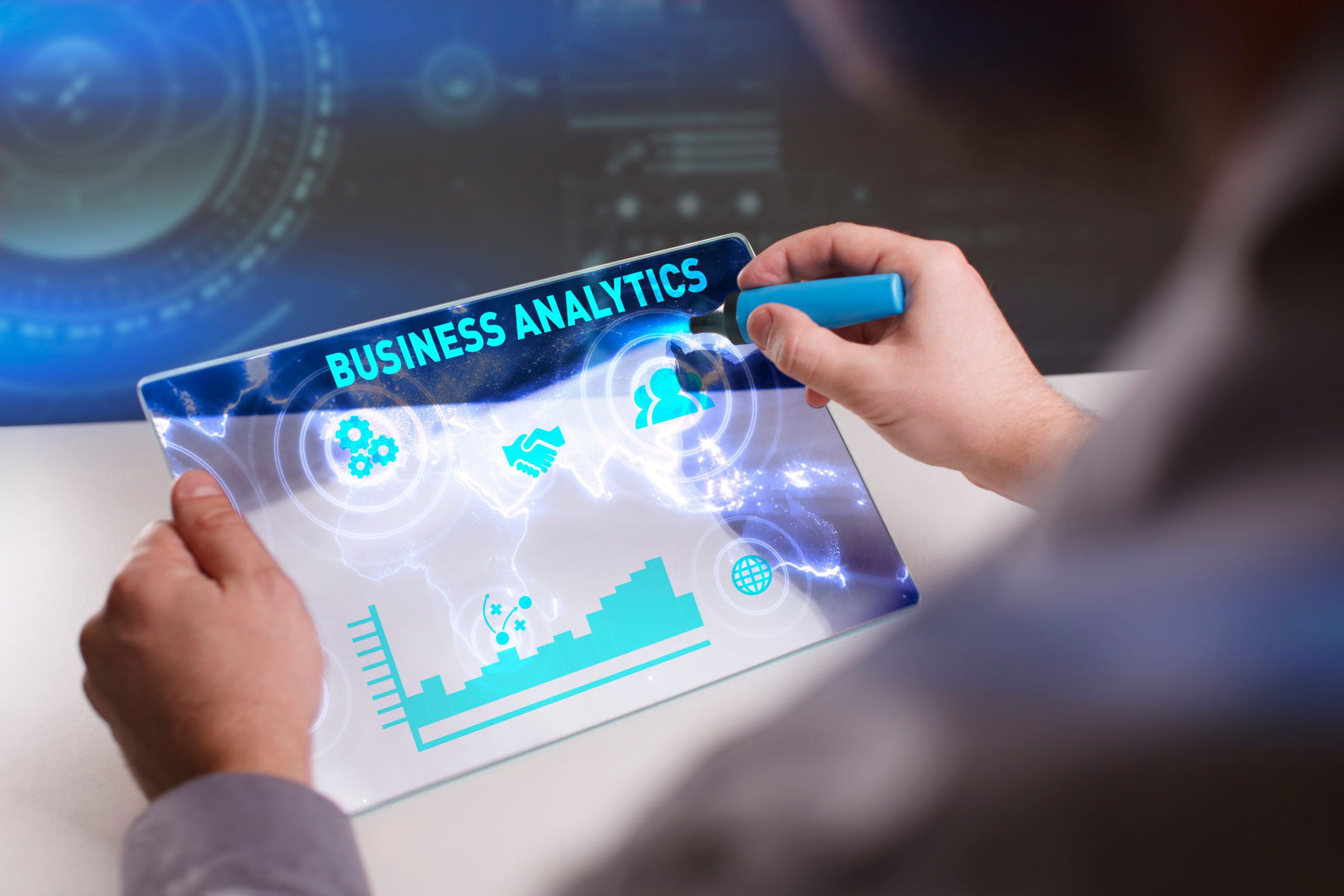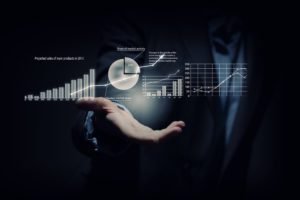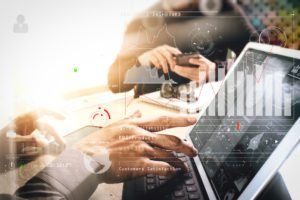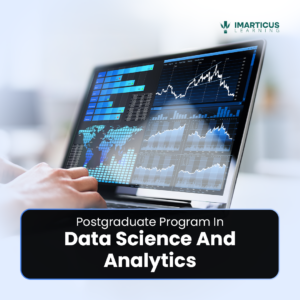In the present paradigm of technical knowledge, it is imperative to be aware of certain concepts to survive and thrive. Whether you are pursuing a career in artificial intelligence (AI), have a cursory interest in data analytics, or simply wish to broaden your horizons, here are some artificial intelligence, data science, and machine learning terms you need to know in 2021. Read on…
- Natural language processing:
Both humans and computational devices use their own modes of language to communicate and share ideas to the extent of imparting and debating on the information. The languages, however, are different in their basic forms and formats. Using natural language processing, or NLP, artificial intelligence can decipher many human languages to suit specific functions that may range from the academic study of linguistics to providing utility to hearing-impaired people.
- Data warehouse:
A data warehouse, as the name suggests, contains a large ensemble of data pertaining to businesses and learnings from past successes and failures to provide better services. One who is not entirely proficient in data architecture may yet take the advantage of data warehouses to gather business analytics courses and make far better decisions. This method allows one to find new ways to process old data and change future iterations of that data with his/her actions.
This is a mode of journalism that is slowly gaining greater prominence and is proving its necessity in combating the ever-growing trend of fake news. In this form of news reporting, one focuses on proving his/her assertions through the collection and presentation of reliable data. This may be done through human and/or AI collection and calculations. Soon, we may be able to have a collated base of data obtained through AI learning. This will make it very hard for individuals and/or groups to spread misinformation.
- Deep learning:
This uses artificial intelligence to construct structures that mimic the human neural network – starting from simple problems to finding layers of hidden information. Meanwhile, it makes errors and learns from them with the program often ending up with a different solution than what was expected by its programmers and set parameters. Using this process, we can identify and solve possibly any real-world problem. The degree of human supervision in this process can be ascertained at various levels of this process.
- Cybersecurity:
Both defenders and attackers of databases are getting smarter, escalating the never-ending battles between cybersecurity and hackers. Often, the strategies used by either group are similar to the point of being indistinguishable. Here, any large organization employs AI and/or deep learning to be one step ahead of the threats that plague them.
The above-mentioned terms are only the tip of the iceberg when it comes to talking about new technology-related topics. Hopefully, they have provided you with new avenues to look into as per your interests, or at least recapitulated some of the basic terminologies.







 Business Analytics
Business Analytics
 The good news is that there are many different types of data analysis techniques available, so you can find one that works best with the kind of information you have at hand.
The good news is that there are many different types of data analysis techniques available, so you can find one that works best with the kind of information you have at hand.
 Industry specialists together created the Imarticus postgraduate
Industry specialists together created the Imarticus postgraduate 


 Analytics, in general, has three important components – business context, technological intentions, and data science.
Analytics, in general, has three important components – business context, technological intentions, and data science.
